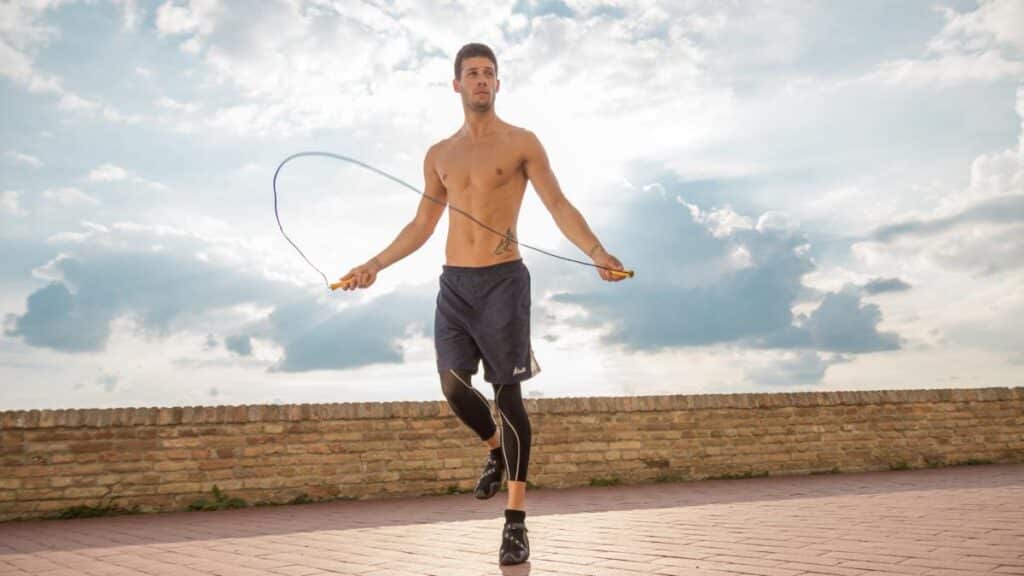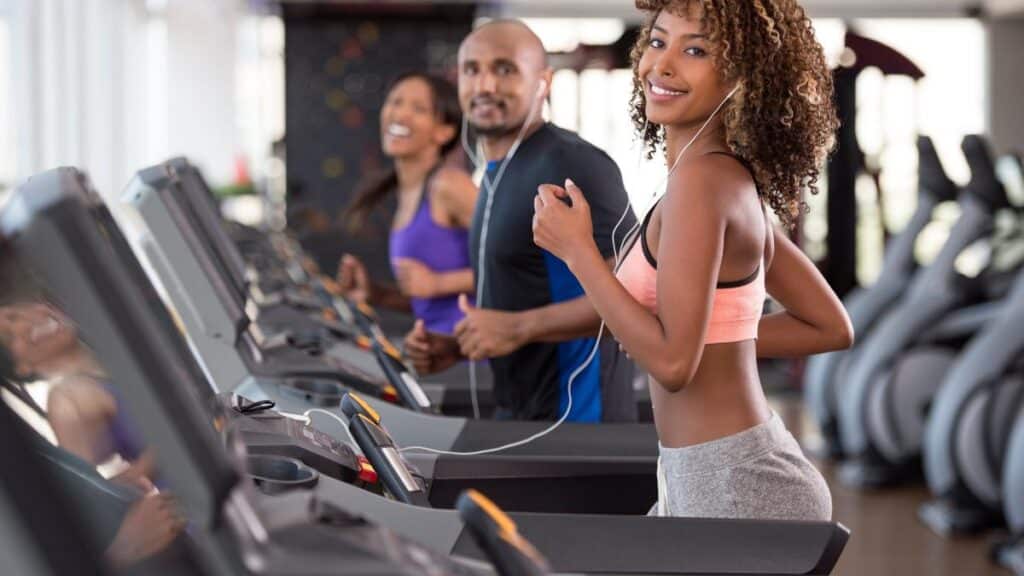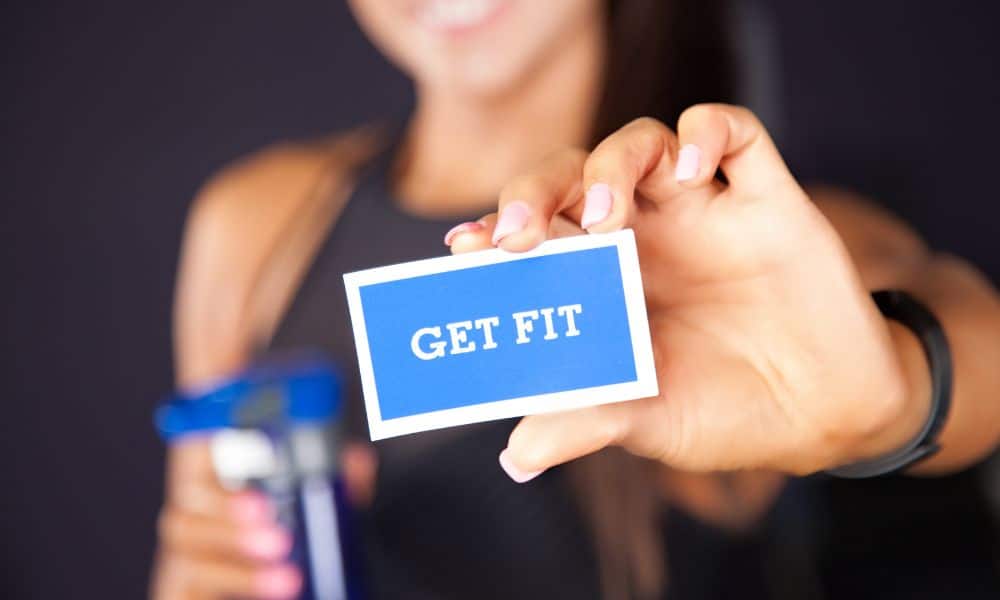In pursuing physical fitness and well-being, we often concentrate on diet and exercise as the cornerstones of health. However, there’s an invisible yet powerful aspect that we might be overlooking: the power of gratitude. Thankfulness is not merely a polite gesture but a transformative practice that can profoundly impact our mental and physical health. In this exploration, we delve into how gratitude can be a catalyst for improved well-being, particularly in the realm of physical fitness.

The Intersection of Gratitude and Mental Health
Gratitude is an emotional state that arises from acknowledging and appreciating the positive aspects of life. It’s an affirmation of goodness and a recognition that the source of this goodness lies at least partially outside oneself. This humble acceptance has been linked with a multitude of benefits for mental health, including:
- Enhanced Mood: Practicing gratitude can elevate one’s mood, as it promotes the release of serotonin and dopamine, the brain’s “feel-good” neurotransmitters.
- Reduced Stress: By focusing on positive elements, gratitude can reduce the stress hormone cortisol by up to 23%, according to some studies.
- Improved Self-esteem: A thankful attitude reduces social comparisons. Rather than resenting people who have more, those who are grateful can appreciate others’ accomplishments.
- Resilience: Gratitude has been shown to help people recover from traumatic events and hardships, fostering a sense of inner strength.

Gratitude and Physical Fitness: A Symbiotic Relationship
The mental health benefits of gratitude extend into the physical realm, particularly regarding fitness and health behaviors. Here’s how a thankful mindset can influence one’s physical well-being:
- Motivation to Exercise: Gratitude can increase one’s self-efficacy, which is the belief in one’s ability to succeed in specific situations. This can translate into greater confidence in one’s ability to perform workouts and stick to fitness goals.
- Healthy Choices: Those who are grateful tend to engage in healthier behaviors and self-care, including exercise, diet, and regular medical check-ups.
- Better Sleep: Regular expressions of gratitude can lead to better sleep, according to a study published in the journal “Applied Psychology: Health and Well-Being.” Better sleep contributes to improved recovery, which is essential for fitness enthusiasts.
- Lower Blood Pressure: A thankful disposition can contribute to cardiovascular health, including lower blood pressure, which benefits long-term fitness.

Cultivating Gratitude in Your Fitness Journey
Incorporating gratitude into your fitness routine can be simple and profoundly impactful. Here are a few strategies:
- Gratitude Journaling: Keep a gratitude journal and regularly record things you’re thankful for. This can range from appreciation for your body’s strength to the ability to exercise.
- Mindful Exercise: Practice mindfulness during workouts by being present and grateful for each movement and breath.
- Gratitude Meditation: Engage in meditation focusing on gratitude, directing thanks to your body, health, and the opportunity to lead a fit lifestyle.
- Express Thanks: Verbally express gratitude to friends, family, or workout partners who support your fitness goals.

What specific ways can gratitude be incorporated into one’s fitness routine?
Incorporating gratitude into your fitness routine can transform the workout experience from a chore to a celebration of capability. Start by setting intentions of thankfulness at the beginning of each session, expressing gratitude for the ability to move and improve your body.
During workouts, practice mindful acknowledgment of your body’s strength and endurance, perhaps even keeping a ‘gratitude tally’ for each completed exercise. Post-workout, take a moment to reflect on the progress made, however small, and thank your body for its hard work. You can also express gratitude toward your trainers, gym mates, or equipment that aids your fitness journey.
Finally, extend this practice outside the gym by thanking those who support your health goals, from family members who encourage you to friends who share the journey, thus weaving gratitude into the fabric of your fitness lifestyle.
Conclusion
The interplay between gratitude and health is a testament to the holistic nature of well-being. As we understand and apply the power of thankfulness in our lives, its far-reaching effects on mental health and physical fitness become undeniably clear. By integrating gratitude into our daily routine, we unlock a powerful tool that enhances our overall quality of life, making every step in our fitness journey more joyful and fulfilling.




